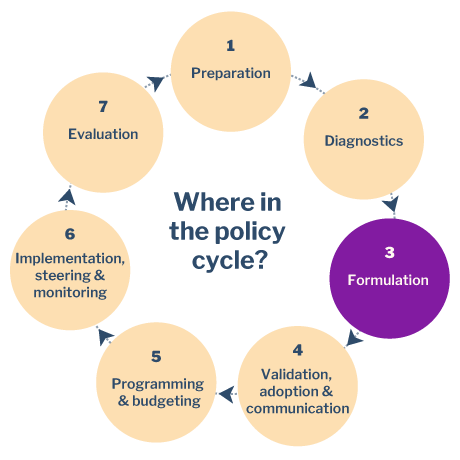Nudging Technique: Mindfully setting the default and Role modeling

Men often face the burden of providing the primary income in the household. This leads them to work after kids are born, while women often have a possibility to stay at home for a while (paid or unpaid) to recover and take care of the baby. However, this system not only maintains the expectations of women as main caregivers, but also of men as income provider and distant fathers. To tackle these ideas and equalize relationships at home, the Swedish government (and some other Scandinavian countries) implemented the “daddy quota”. This policy means that three months of the 480 days of paternal leave are reserved to be taken by the father. If the father decides not to take up his reserved leave, parents will lose those three months altogether.
This nudge is a default example, setting the norm to the desirable outcome of men taking the leave, while still giving them the opportunity to not take it. The public visibility of fathers caring for their children normalizes the idea for other men. Currently, 9 in 10 men in Sweden are said to take up this possibility.
Where in the policy cycle can this approach be used?

Potential for change
This is quite an expensive policy if we use the Swedish example, but setting standards and norms about dads taking at least some of the parental leave could help to change social expectations that women are the primary caregivers and men are the financial providers. Fathers who take up leave can serve as role models for other men. Also, getting fathers involved in childcare from the earliest days has the potential to equalize gender relations in the household, and reframe household and caring tasks as something fathers become permanently more involved in.
There are many examples of using default nudges to effect a desired policy outcome, outside of gender equality aims. The nudge relies on the idea that people are happy to stay with the default option, unless they feel strongly enough about the issue that they are motivated to change it.
- Organ donation automatic opt-in: Perhaps the most classic example from nudging literature, changing organ donation from an opt-in to an opt-out decision saw a huge jump in organ donation.
- Automatic enrollment in 401K retirement contribution plans: In an attempt to boost people’s retirement contributions, the US made it possible for employers to automatically enroll their employees in the 401k retirement plan automatic, unless people actively choose to opt out.
Sources
Mohdin, A. (2016). How Sweden’s “daddy quota” parental leave helps with equal parenting ![]() .
.
Rangecroft, A. (2016) Where new dads are encouraged to take months off work ![]() .
.
Rosenberg, T.(2010) The Opt-Out Solution ![]() .
.
Thaler, R.A. (2009) Opting In vs. Opting Out ![]() .
.